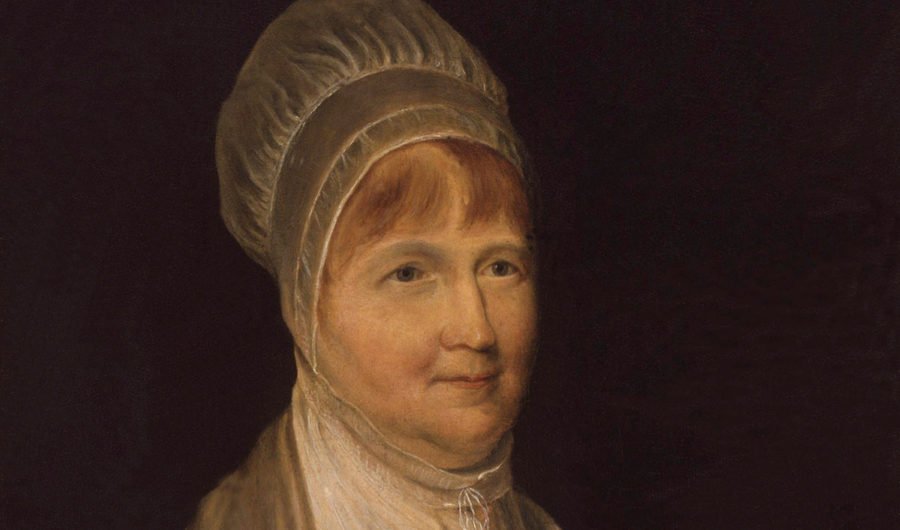‘Earthly hell’: Before Port Arthur there was Sarah Island

Described as an “Earthly Hell”, Sarah Island’s Macquarie Harbour Penal Station acquired a black reputation in the annals of history for its draconian punishments, isolation and gruelling dawn-till-dusk labour regimen.
The penal settlement was established by Lieutenant-Governor William Sorell and its early years were plagued by poor planning that resulted in food shortages, malnutrition and shoddy conditions. “Many prisoners occasionally die from the scurvy, owing to their having nothing but salted provisions, being unable to get vegetables, and without fish of any description,” reported the Colonial Times, and Tasmanian Advertiser in 1827. “The treatment is most severe – one prisoner, known by the name of Scrummy Williams… received 500 lashes at different times.” Barracks were so crowded, convicts had to sleep on their sides rather than on their backs. Punishment included solitary confinement and flogging, with 9100 lashes recorded in 1823 alone.
Sarah Island was chosen as a penal colony site for its isolation and resources such as Huon pine forests, which could be exploited by convict labour. The impenetrable wilderness surrounding the harbour made survival near impossible for convicts attempting escape. Despite this, some were successful. Notable examples include James Goodwin, whose survival so impressed Surveyor General George Frankland that he was pardoned and employed to chart the Western Wilderness; Matthew Brady, who became the “gentleman” bushranger on account of his polite manners while robbing his victims; and Alexander Pearce, a double-escapee who ate some of his accomplices. The gruesome story of the “Tasmanian Cannibal” caused ripples across the Australian colonies; he was hanged in Hobart, and later immortalised in novels, songs, plays and films. His skull was sold to American physician, natural scientist and writer Samuel George Morton, who added it to his cranial collection. It was later donated to the University of Pennsylvania, where it remains.

Such characters have formed the lore of Sarah Island. The buildings have long since fallen into ruins, but its macabre reputation has been kept alive by writers throughout the decades. Journalists and historians described it as “a place with a thrilling and bloodcurdling reputation” and “the stamping ground of the most vicious and desperate men ever to come here”.
Despite this bleak imagery, the island was a productive hub that became Australia’s largest shipyard at the time. Its population fluctuated between 100 and 350 people, including military personnel, a doctor, a chaplain, spouses, children and assigned female servants. Women convicts were separated from the men, however, and lived on nearby Grummet Island. Sarah Island also housed skilled male convicts not under sentence, including shipwrights, blacksmiths, carpenters and clerks. Its buildings included a tannery, brickyard, bakehouse and hospital. In 1832 and 1833 the Toogee people were forcibly interred on the island before being sent to the Wybalenna Aboriginal settlement on Flinders Island which opened in 1834.
Sarah Island’s penal station operated for just 11 years, until the much larger Port Arthur settlement opened south of Hobart Town and ultimately replaced it. It was briefly reoccupied in 1846–47 as a probation station for pass-holders seeking work. About 200 men were sent to Sarah Island then to harvest timber from the Huon pine forests, but the site was soon abandoned because of poor provisions and planning.


